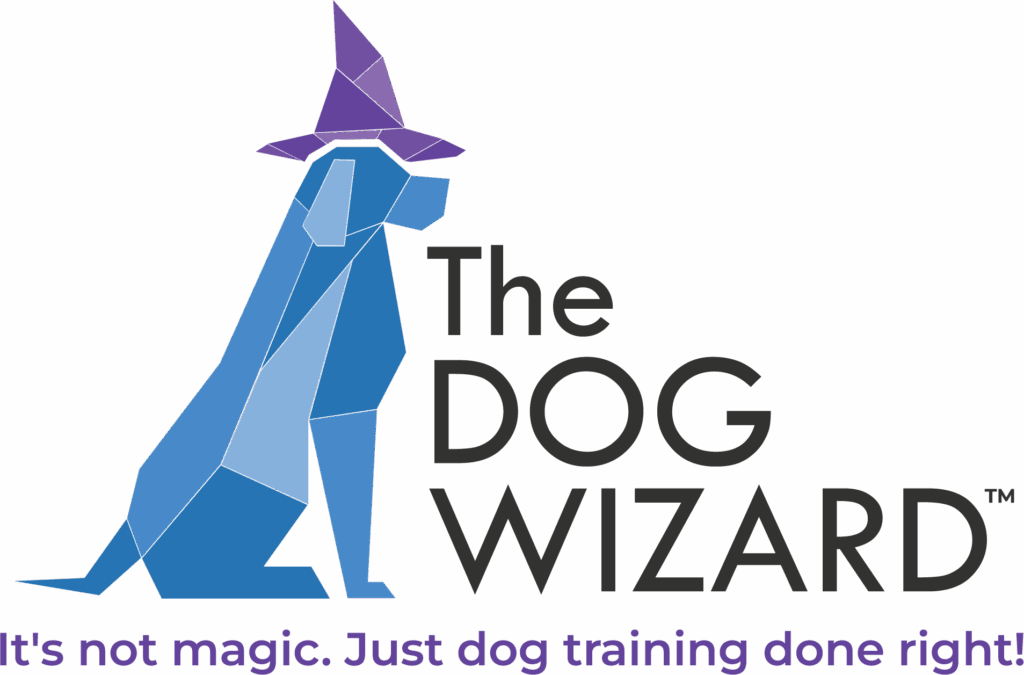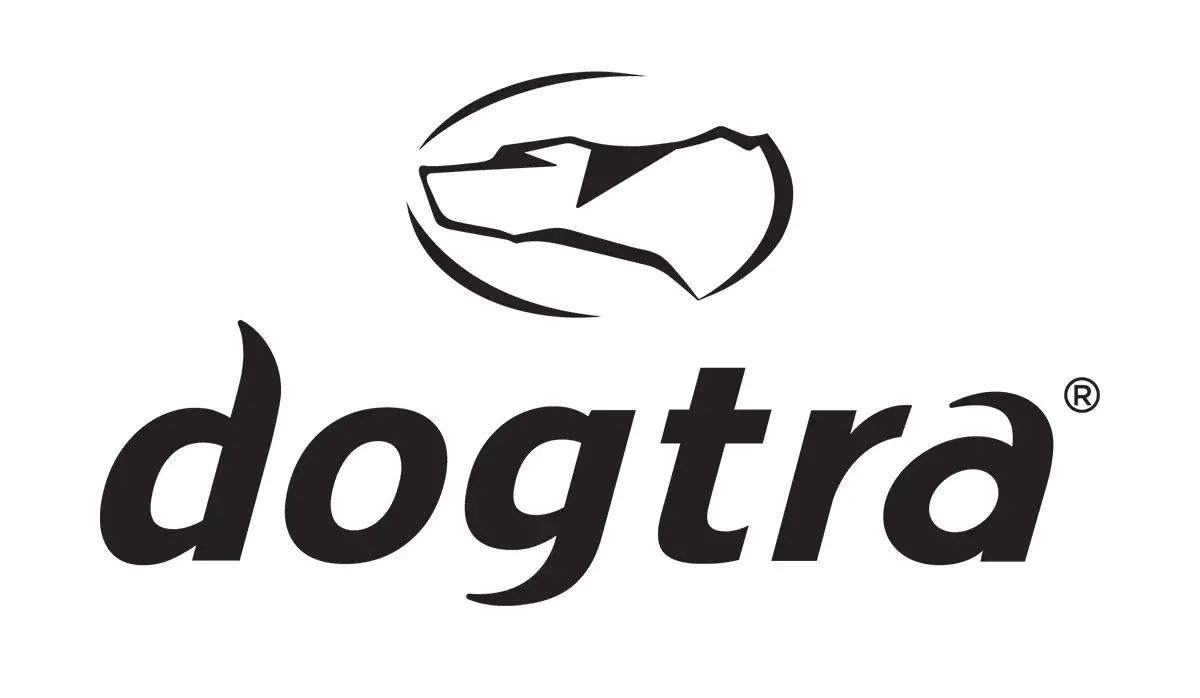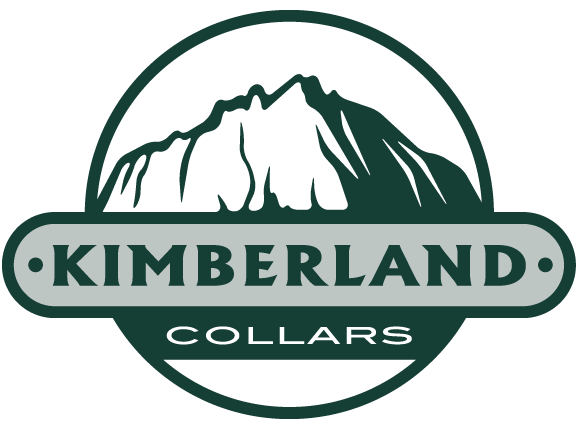The only thing better than owning a dog is having two. Adopting a new dog brings extra joy, love and entertainment to any household. Most importantly, it gives your current dog a new friend to hang out with. However, it might take some time before your two pets become best buddies.
It’s common for old dogs to become territorial when a new dog enters the home even if they have not shown those signs previously. Meanwhile, the new dog will need time to adjust to the new environment. The last thing you want is for your two furry friends to be forced to interact in a small space before they are comfortable. Some of the tips may seem over-cautious, but “better safe than sorry” is the way to think in this scenario. To help ensure a smooth transition, we’ve assembled a few tips for introducing a new dog to your family.
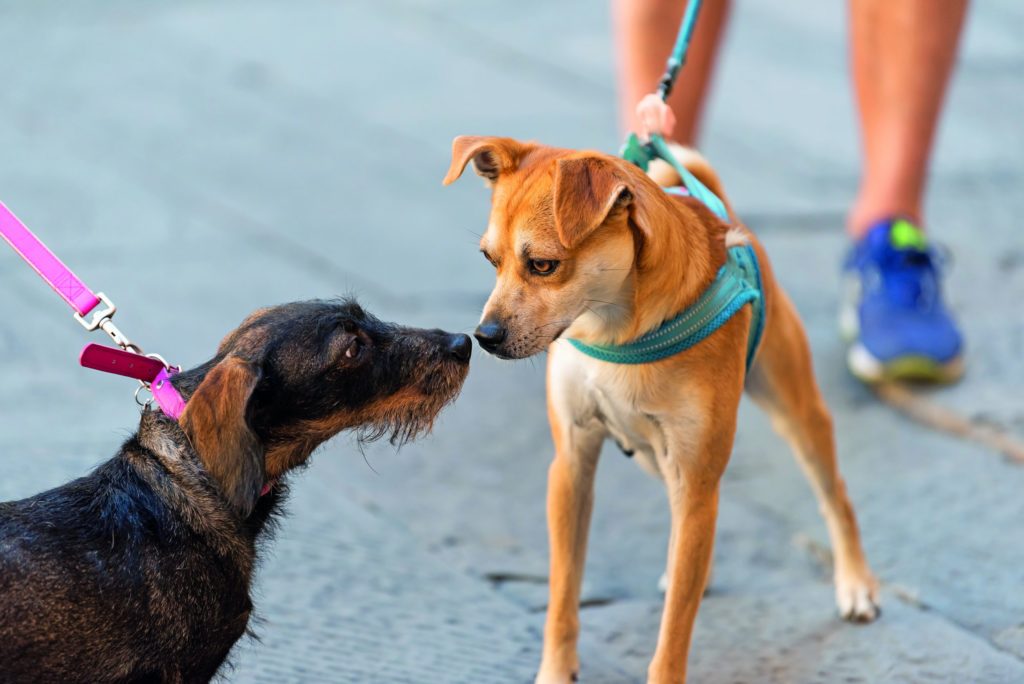
Adapt to Your Current Dog’s Needs
Before you adopt a new dog, consider the unique needs and preferences of your resident dog. More specifically, you should evaluate the following factors:
- Your current dog’s temperament
- Playstyle
- Gender Test
- Age
Does your current dog enjoy the company of other dogs? Not all dogs enjoy social interaction with other canines. Temperament and personality matter when determining the best new family dog. Before adopting a new dog, make sure your current pet is properly socialized and able to handle a new animal in the house. You can increase the chances of a smooth adoption by carefully selecting the right temperament and play style. For instance, if your current dog is vocal and plays rough, you should avoid adopting a dog that shows no interest in playing that way.
Another factor to consider is gender. To be fair, some male dogs can get along fine with another male dog. The same can be true for future female sisters. This is not always an issue, but when it is an issue it is a big issue. So it is safe to test your dog out with same sex dogs as well as different, and then determine if you notice a different level of comfort, calmness, or anxiety before determining the sex of your new family member.
Finally, think about how old you want your new dog to be. Puppies are fun, but they can have a different level of energy. Even if your older dog loves to play, consider if they are going to like the constant playful energy a puppy will bring. In addition, think about the level of work a puppy provides that your older dog has already worked through, such as housebreaking and teething, etc.
Create Separate Spaces for Your Dogs
In order to create the most amount of ease around bringing your new family member home, it is highly advised to create separate spaces for both dogs to have downtime. This can be separate crates or any spaces that allow your dogs to eat and rest separately. This does not have to be forever if you would rather, but it allows both dogs to familiarize themselves with the new member at a pace that is more comfortable for the majority of dogs. You can reduce the risk of negative feelings by taking the following steps:
- Keep food bowls, dog beds and toys separate
- Clean the house to avoid clutter that may cause possessiveness
- Use baby gates to keep your pets apart if doors are not an option
- This does not have to be forever, but it allows for a slower pace relationship
As they get used to each other’s presence, you can start easing some of the guidelines as long as you are seeing no issues with their interactions.
Meet at a Neutral Location
For the first introduction, you should have the two dogs meet at a neutral location (or a place outside the home). One of the easiest ways to introduce is to go on a walk together before you let them interact. The walk allows for a slower introduction and time to become a little more familiar before really interacting. For the actual interaction part of the meeting, a space that is large and open is best. The worst place would be a small confined space in your home. If you are introducing them on a leash, make sure there is zero leash tension during the introduction.
Another option is if your dog is a regular at the dog park or daycare, you could have the introduction take place there. You would not want to meet a new dog that has never been to a dog park or daycare, as this would be a lot of stress on a dog in such an overwhelming place. But if the two are socialized regularly this way, and assuming both dogs enjoy this atmosphere, it would be a great place to meet.
Observe Your Dog’s Body Language
A dog’s behavior can tell you a lot about how it’s feeling. If your resident or rescue dog is exhibiting fearful or aggressive behavior, it might escalate if the aggressive dog is not feeling heard. Aggression is almost always presented because the aggressor is not feeling comfortable, so you would want to stop the interaction and slow the pace. It doesn’t mean that they will never be friends, but it does mean one dog is not comfortable at that moment or the pace is too fast. If you do not listen to those cues, it could result in injury for one or both dogs. When your pets meet, look out for the following:
- Stiff posture
- Pinned-back ears
- Bared teeth
- Lip licking
- Nipping or biting
- Growling
- Cowering
If you notice any of these signs, separate the dogs and slow the pace. One option is to go for more walks together before another introduction. In addition to recognizing negative body language, keep an eye out for positive signals. If your dogs are relaxed body posture, approaching each other with ease, and showing playful signs, these are all signs the dogs are enjoying the interaction.
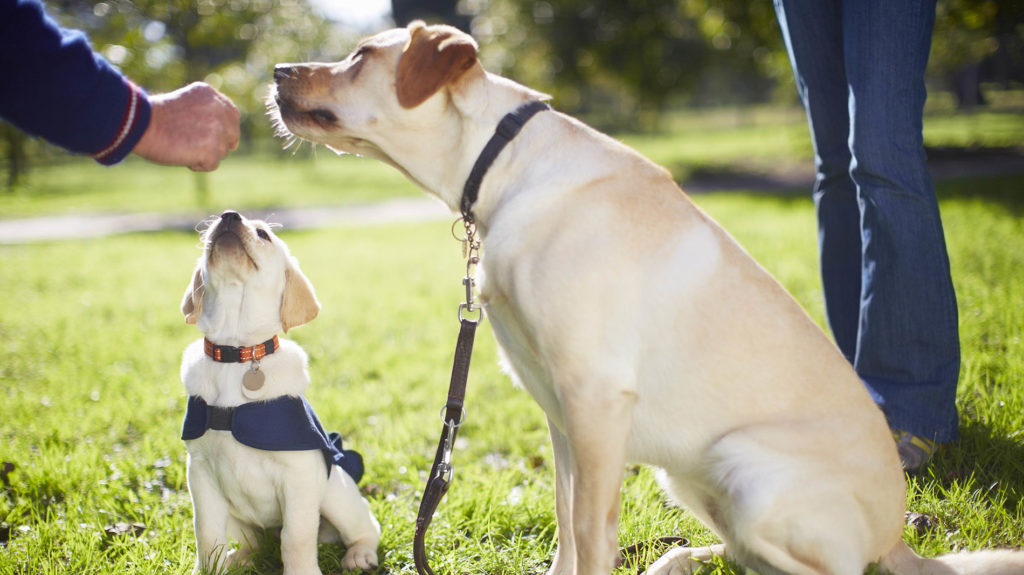
Proper Training
Be aware that dogs can teach each other habits (both good and bad). If you find either dog starts showing some new behaviors you do not like, you should consider getting both dogs trained to prevent these new bad behaviors from becoming habits.
The purpose of training is to instill good behaviors in your pet so they become the habits for the long haul. Of course, training is easier said than done. In addition to mastering the right techniques, you need to be patient and encouraging. Fortunately, you don’t have to navigate the training process alone — at The Dog Wizard, you can learn from experts and even become a professional dog trainer yourself (if you desire).
Still Need Help? Find a Dog Wizard!
If you find your rescued dog is having issues adjusting to its new environment, The Dog Wizard is here to help. With over 36 locations across the US and Canada, odds are there’s a Dog Wizard trainer near you.
For help adjusting your rescue dog, find a dog trainer near your or give us a call at (877) 585-9727.
